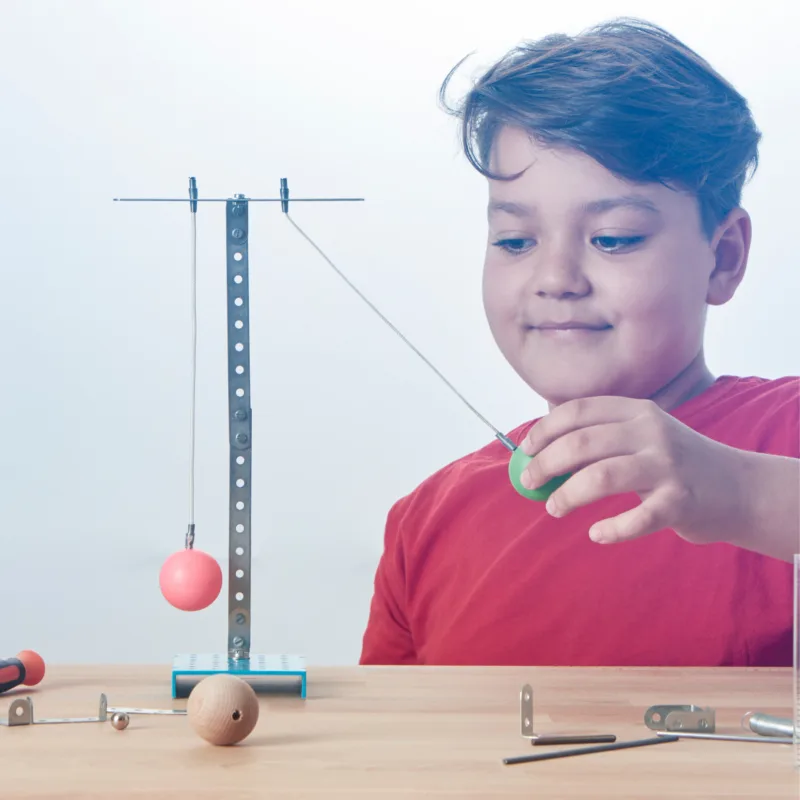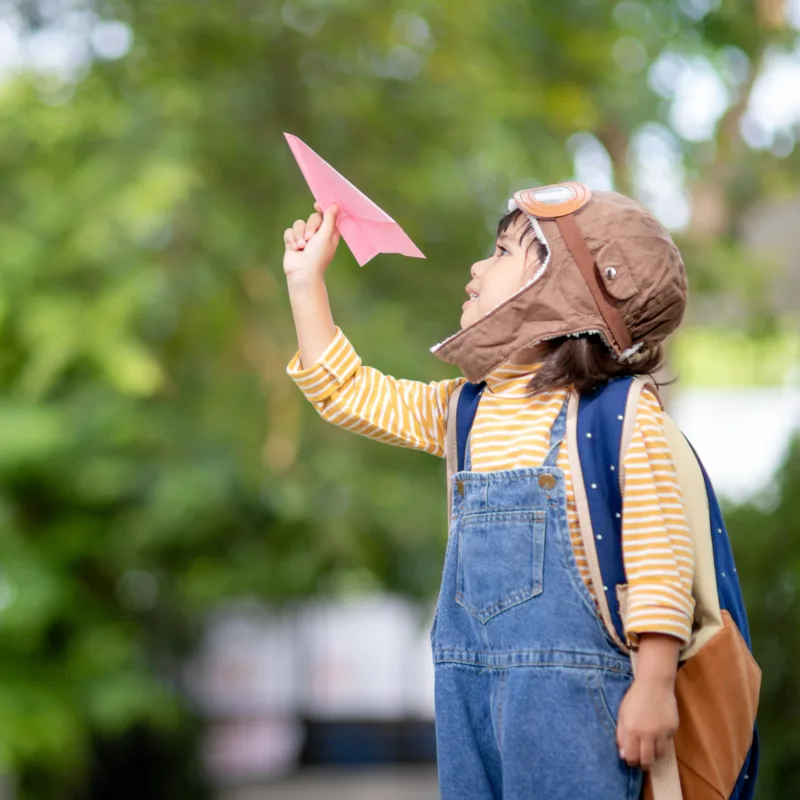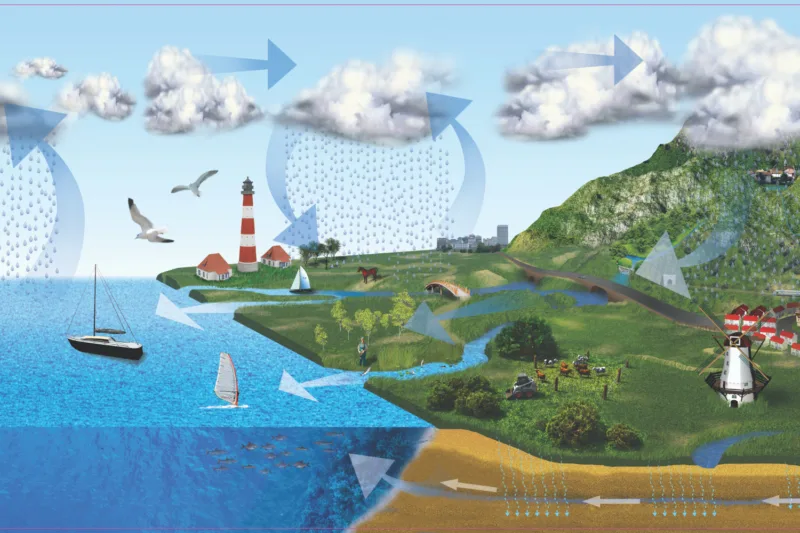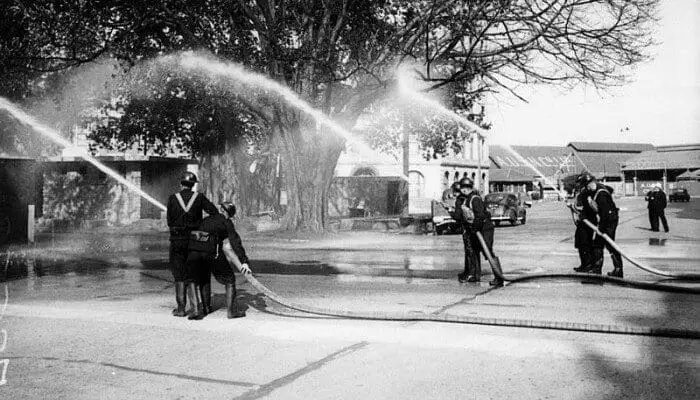I earn commissions from my affiliated links. Please see my disclosure policy for more details.
When it comes to teaching kids about physics, you don’t always need a lab coat and complicated experiments. In fact, there are plenty of physics activities and experiments that can be done right from the comfort of your own home – or even better, your own backyard!
With just a few materials you likely already have lying around at home (or can easily acquire), you’ll be able to teach children between the ages of 4-6 all about some cool concepts in physics. Not only will these fun experiments help students learn more about physical forces such as gravity, air pressure and inertia.
They’ll also become familiar with vital scientific terms like frictionless surfaces and increasing mass. Keep reading for our guide on creating an easy physics experiment for kids you’re sure to love!

Easy Physics Experiment for Kids
Opening a child’s eyes to science can begin at a young age. The best part is that you can easily do science experiments with household objects and without spending a lot of money.
Classic science experiments can happen organically every day without much preparation. Just do your research ahead of time to plan for the opportunity.
Experiments with water are a great example. This post includes an Easy Physics Experiment for Kids to learn about water pressure.
Physics for Kids
Balloon Rocket
- Materials: Balloon, string, straw, tape.
- Inflate a balloon and tape it to a straw.
- Thread a long piece of string through the straw.
- Tape the string to two points (e.g., chairs) to create a straight line.
- Let go of the balloon, and it will zoom along the string due to the escaping air, demonstrating Newton’s third law of motion.

Pendulum Swing
- Materials: A heavy object (e.g., a weight, a small bag of sand), string, and a hook or a high point to attach the string.
- Attach the string to the heavy object and hang it from a hook.
- Push the object gently to start it swinging.
- Observe how the pendulum moves back and forth, demonstrating the principles of oscillation and gravity.
Floating and Sinking
- Materials: Various objects (e.g., a toy, a rock, a rubber duck), a basin of water.
- Fill a basin with water.
- Predict whether each object will float or sink, then test it.
- Discuss why some objects float while others sink, introducing concepts of buoyancy and density.
Static Electricity with Balloons
- Materials: Balloons, a piece of wool or a cloth.
- Rub a balloon against the wool or cloth.
- Bring the charged balloon close to small pieces of paper, hair, or even a stream of water from a faucet. Observe how the objects react due to static electricity.

Paper Airplane Contest
- Materials: Sheets of paper.
- Fold sheets of paper into different paper airplane designs.
- Test which design flies the farthest and discuss the principles of lift and aerodynamics.
Simple Circuit for Kids
- Materials: A small light bulb, a battery, and wires with clips.
- Connect the wires to the light bulb and battery, creating a simple circuit.
- Observe how the bulb lights up when the circuit is complete, teaching the basics of electrical circuits.

Water Cycle in a Bag
- Materials: A clear plastic bag, a marker, water.
- Draw a sun on one side of the bag and a cloud on the other.
- Add a little water to the bag and seal it.
- Place the bag in direct sunlight, and observe as the water evaporates, condenses on the bag, and falls back down like rain, demonstrating the water cycle.
Prism Light Refraction
- Materials: A glass prism, a sheet of white paper, a flashlight.
- Shine the flashlight through the prism onto the paper.
- Observe the beautiful rainbow of colors created as the light is refracted, illustrating the concept of light dispersion.
These experiments are not only educational but also entertaining for kids and can spark their interest in physics and science in general. Always ensure adult supervision and safety when conducting experiments with children.
Easy Physics Experiment for Kids – Water Pressure
One easy to do experiment with kids teaches about water pressure. Pressure is the amount of force over a certain area. Water weighs something so the deeper the water, the heavier the weight of the water pushing from above, and the greater the pressure.

Materials
- Clear container
- Water source
- Object to poke holes in container
- Tape
Approach
- Give a little background about water pressure
- Poke two holes into the container: one higher than the other and slightly to the left or right of it
- Tape the holes
- Pour water into the container
- Remove the tape from the holes
- Observe the water stream (the lower hole’s stream should land further)
- I like to use a clear container because not only can children observe the water coming from the holes, they can also observe the level of water.
- Older children can measure the streams
Discussion
- What happens to the strength of the water flow as the level of water declines?
- Do you notice any difference in the water coming from the holes higher up compared to the water coming out from the lower holes?
- How can a fish and other living things live so deep in the ocean? What about a submarine?
- What happens when a ball is pressed down into the water? Why do you think this happens?
Go to Resources for Science Learning
- Handbook of Nature Study
- Tinkerlab: A Hands-On Guide for Little Inventors
- Steve Spangler
- Science Sparks
- Science Arts: Discovering Science Through Art Experiences
